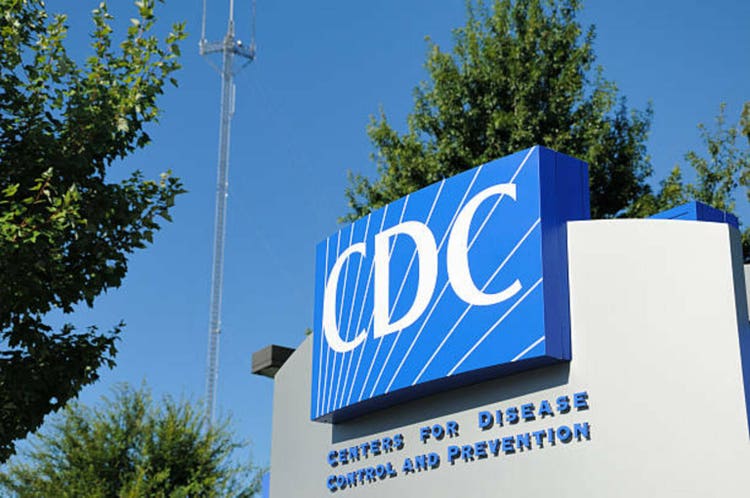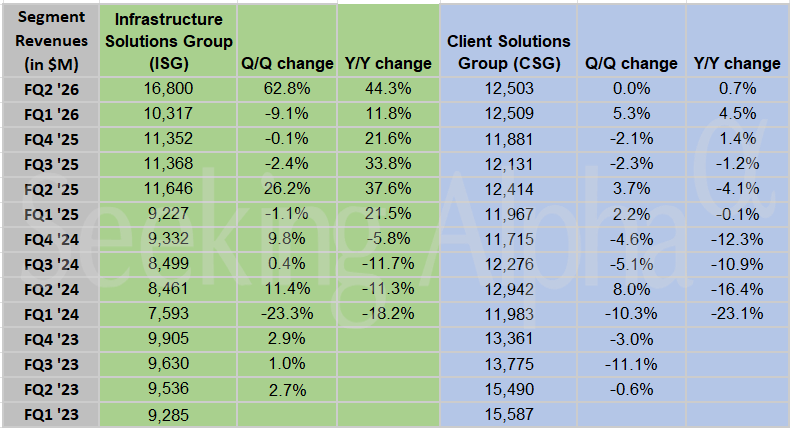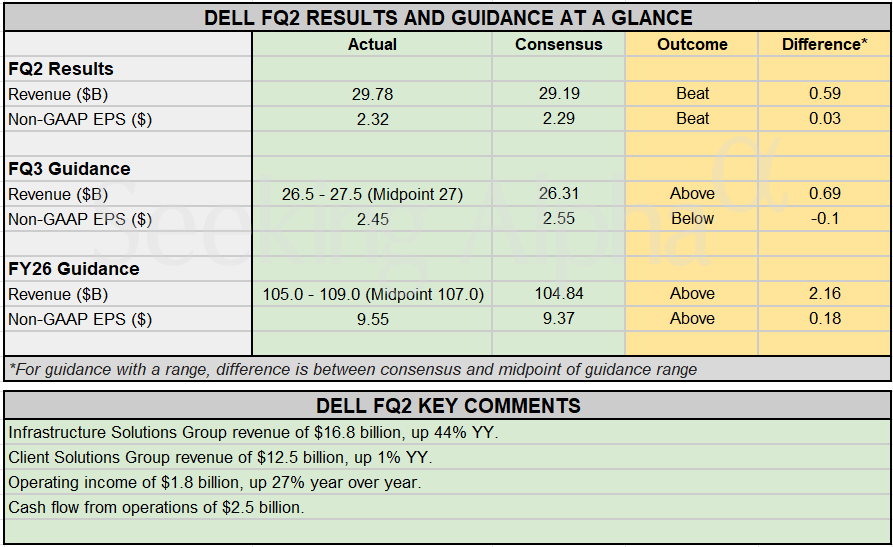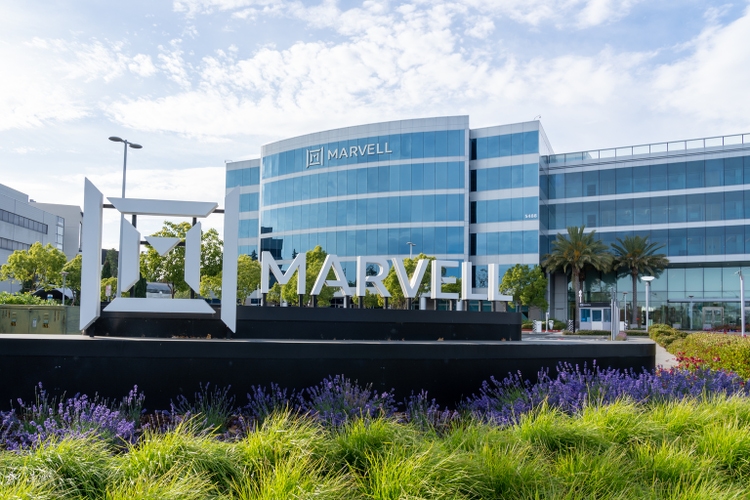Dollar General’s Q2 earnings make one thing evident – the discounter is no longer just competitive on price. It’s quietly building a delivery and digital ecosystem that could give it an edge in the one place big-box retailers still struggle: rural America.
Dollar General turned in a stronger-than-expected second quarter, showing it can grow both sales and profitability in a retail backdrop where incumbents like Target are flailing. Revenue rose 5.1% to $10.7 billion, fueled by continuous same-store sales growth and new store openings, and earnings per share climbed 9.4% to $1.86. Operating profit increased 8.3% as tighter inventory control and lower shrink boosted margins, highlighting how the discounter’s multiple initiatives allow it to expand margins while pulling in more shoppers across income levels.
The company’s rapidly scaled delivery partnerships, with DoorDash and Uber Eats, along with its own same-day delivery offering, are a key element to the story of its expanded operating profit. These new partnerships allow Dollar General to bring convenience into towns that have traditionally been beyond the reach of one-hour delivery promises, CEO Todd Vasos told analysts on an Aug. 28 earnings call.
“We saw a 60% year-over-year increase on [DoorDash’s] platform… and we just signed a deal with Uber Eats. By the end of the third quarter, we’ll have 14,000 stores up and running on that platform,” Vasos said.
Even more striking, Dollar General said more than 75% of orders are delivered in one hour or less, even in rural America.
“That is the fastest that we’ve seen out there across the spectrum so far, especially in rural America, where it is hard to reach many, many customers. So we believe that’s a competitive advantage for us, and will continue to be as we move forward,” Vasos added.
The scale-up has been swift and thorough. Dollar General now offers same-day delivery through DoorDash in over 17,000 stores, has created and expanded its own generic DG Delivery to nearly 6,000 locations, and expects to reach 16,000 by year-end, well ahead of earlier expectations. Its Uber Eats partnership, still in its early stages, has already launched in 4,000 stores.
More than convenience
Rural delivery isn’t just a play for convenience; for Dollar General it’s also drawing in wealthier customers.
“We’re seeing trade-in accelerating… not only our core customer but also mid- and high-income customers—all seeking value,” Vasos said.
Larger delivery baskets, often north of $20, point to incremental spending by those households, Kelly Dilts, Dollar General’s Chief Financial Officer, said during the call.
The trade-down effect that Dollar General is capitalizing on is visible across other categories. Consumables remain strong, but what’s striking is growth in discretionary spending, which is often the first casualty of inflation.
“Not only a strong 2.8% comparable sales number that we posted, but… sales were very balanced, as consumables and non-consumables contributed very nicely,” Vasos said.
In Q2, he added, Dollar General reported positive same-store sales across each of its three non-consumable categories, with increases of at least 2.5%, while its home products category logged its biggest quarterly same-store sales gain in more than four years.
The digital expansion is also reinforced by the DG Media Network, the company’s retail media arm, Vasos said. By leveraging unique data on rural shoppers, customers national CPG brands often struggle to reach, Dollar General is creating a digital revenue stream to complement its store growth.
Taken together, these initiatives suggest Dollar General is carving out a defensible position in small-town America that Walmart or even Amazon can’t easily match. “Value to me, and I believe as our consumers look at it, is multi-pronged here at Dollar General, and is very sustainable,” Vasos said. “Our value proposition is as strong as ever, and customers resonate with that very nicely.”
This story was originally featured on Fortune.com

 5 hours ago
1
5 hours ago
1














 English (US) ·
English (US) ·